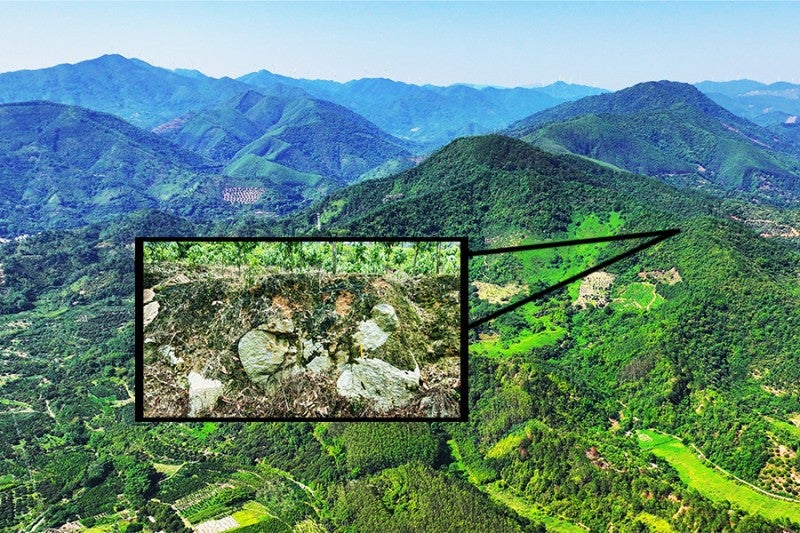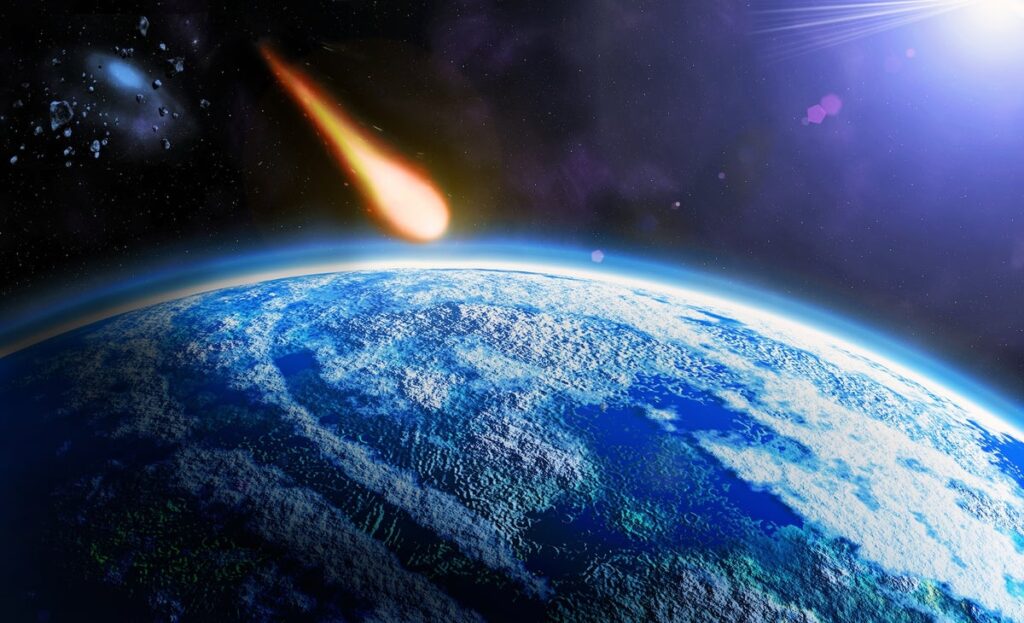November 14, 2025
2 min read
Scientists Unearth Mysterious Meteorite Crater in China
Thousands of years ago, a space rock hit what is now China, leaving a bowl-shaped crater some 900 meters wide
Scientists have discovered a massive asteroid impact crater in China. The bowl-shaped depression is some 900 meters wide—more than eight times the length of a football field.
In a paper published last month, the researchers behind the discovery said the structure, named the Jinlin crater, was likely formed by a meteorite hit during the early to mid-Holocene, a geological epoch that started just 12,000 years ago. The findings were published online on October 15 in the journal Matter and Radiation at Extremes.
The analysis is intriguing, but several experts cautioned that more research is needed to confirm that time line.
“The Holocene age estimate is only inferred and not measured, so the age is very uncertain,” says Mark Boslough, a research professor at the University of New Mexico, who was not involved in the study.

A panoramic aerial drone image of the Jinlin crater with the approximate location of the crater rim labeled, with an insert of the crater floor, which shows a mix of granite weathered soil and granite fragments.
On supporting science journalism
If you’re enjoying this article, consider supporting our award-winning journalism by subscribing. By purchasing a subscription you are helping to ensure the future of impactful stories about the discoveries and ideas shaping our world today.
Other experts are more sanguine: Geologist Steven Jaret says the team only suggested that the impact most likely occurred during the early to middle Holocene—an estimate supported by the data in the study. Jaret, who was also not involved in the study, emphasizes that the researchers agreed that more work would be needed to precisely date the crater. Scientific American has reached out to the authors for comment.
The team analyzed chemical and physical weathering rates to come up with its age estimate. These measurements are often error-prone, however, Jaret says.
A more precise method would be to measure the rate of decay of radioactive isotopes in the rocks, such as those of the element argon. But this is time-consuming and extensive, Jaret says.
“A lot of times, you need to justify doing the next step,” he says.
It’s Time to Stand Up for Science
If you enjoyed this article, I’d like to ask for your support. Scientific American has served as an advocate for science and industry for 180 years, and right now may be the most critical moment in that two-century history.
I’ve been a Scientific American subscriber since I was 12 years old, and it helped shape the way I look at the world. SciAm always educates and delights me, and inspires a sense of awe for our vast, beautiful universe. I hope it does that for you, too.
If you subscribe to Scientific American, you help ensure that our coverage is centered on meaningful research and discovery; that we have the resources to report on the decisions that threaten labs across the U.S.; and that we support both budding and working scientists at a time when the value of science itself too often goes unrecognized.
In return, you get essential news, captivating podcasts, brilliant infographics, can’t-miss newsletters, must-watch videos, challenging games, and the science world’s best writing and reporting. You can even gift someone a subscription.
There has never been a more important time for us to stand up and show why science matters. I hope you’ll support us in that mission.

